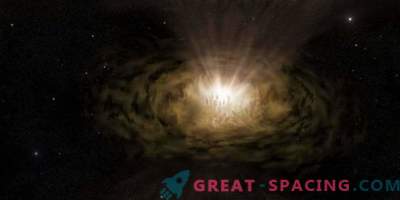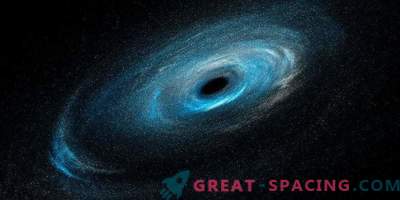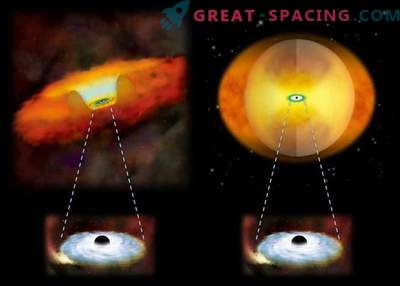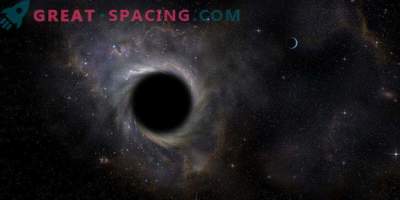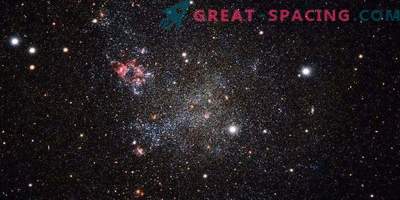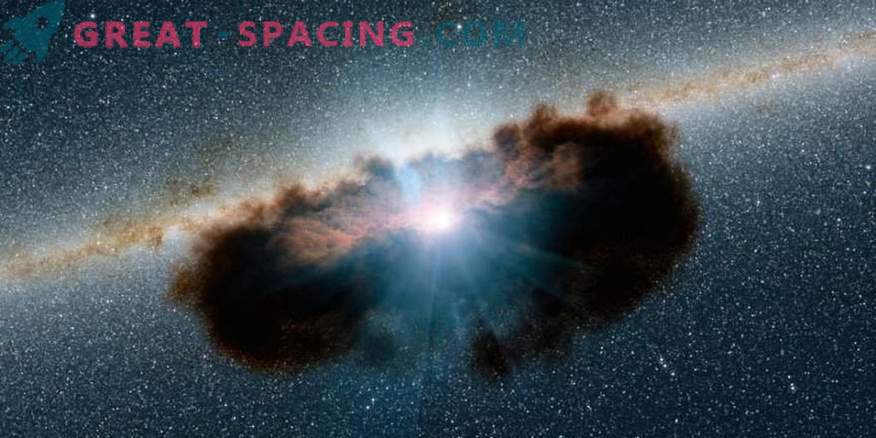
Many active galactic nuclei are surrounded by dark gas and dust clouds that resemble a donut in shape. There is a “unified theory,” which considers that the differences in brightness are based on the position of this donut in relation to the angle of observation. But a new analysis noticed a different approach to the issue.
For decades, scientists have been trying to understand why type I and type II (most common) galaxies are observed differently. Both contain voracious supermassive black holes (active galactic nuclei), absorbing matter and spewing huge amounts of radiation. But for some reason it is the I-type that seems brighter.
Previously, everyone relied on a single model. According to her, the active nuclei of both galactic types have the same fundamental structure and energy profile, but they seem to be different only because of their position in relation to the angle of the earth observer. Galaxies of the II-type are inclined so that they are closed with their own dust rings.
A new idea is that these types differ structurally and energetically. The main factor is the speed at which central black holes absorb matter and release energy. The single model was considered valid for many years, but it fails to explain the spectral differences. But the new data show that the I-type is much more efficient with the energy release.
For the analysis, 836 active galaxies were considered. 12 ground-based telescopes helped determine the mass and growth rate of black holes. The project started in 2009, involving more than 40 world scientists.
The analysis shows that there is much in common with the dust volume located near the central black hole. In type II galaxies, it is much larger, and it is approaching the gas entering the hole.
Most of the time, researchers concentrated on type II, because I is too bright and makes it difficult to look at the stars. But now we understand that these are different types of galaxies and we will have to reconsider our approach to studying them.


